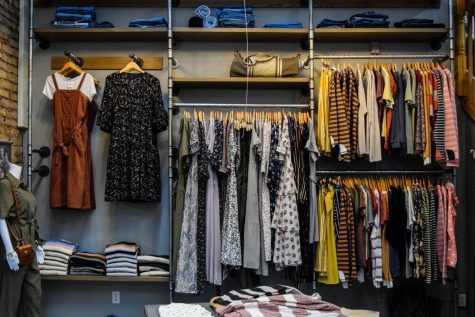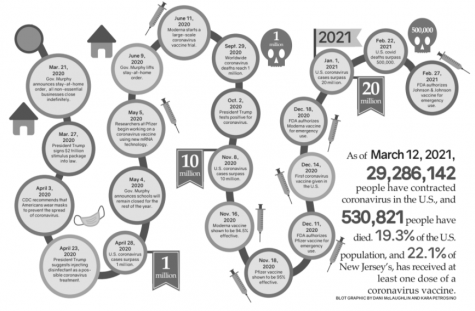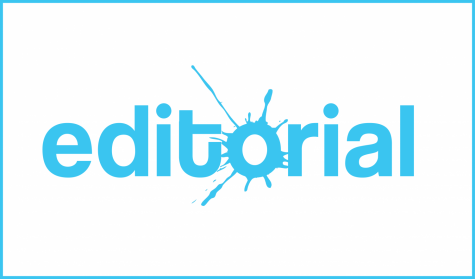Political division builds tension in school, nation
January 12, 2018
Nov. 9, 2016. Months of heated debate and speculation over the election culminated in one morning, a frenzy of students crying and friends consoling each other – or in sharp contrast – congratulating one another.
Few faces seemed cheerful or content. As an outsider looking in, it appeared a terrible tragedy occurred. But, the only tragedy that transpired on that chilly autumn day, which continues to this day, was the political disparity between CHS students.
The election of President Donald Trump produced tears and anger in students, many of whom attended post-election rallies like the Women’s’ March or posted on social media in outrage in the following months. In fact, the hashtag #NotMyPresident is in over a million Instagram posts to date.
But some students came to school that day adorned in celebratory Trump gear, even wrapped in American flags. And it seemed like neither group could reconcile their feelings with the other. All year, tensions rose until social media erupted with heated debates, even fights, while Hillary Clinton and Donald Trump seemed to split CHS and the nation into two frustrated echo chambers; Democrats and Republicans.
If any shred of doubt exists regarding the divisive nature of our two party system, just look to national approval ratings of Donald Trump between left and right wing voters. In a poll by Quinnipiac University, results showed that 91 percent of Democrats disapproved of the president, while 80 percent of Republicans approved.
With the sharp contrast in political opinions at CHS and across the country, it’s difficult to imagine a healthy conversation between parties and beliefs. This political unrest has caused riots, like the white nationalist rally in Charlottesville in August, protests and social media movements, like the March for Science and trending hashtags such as #Resist and #LoveTrumpsHate.
For the most part, CHS students certainly lack the most dangerous feeling toward politics: apathy. The excitement shown in our school over the election indicates that many of us will do our civic duty and vote for candidates we believe in, and even try our hands at politics ourselves. But no amount of complaining or yelling at our peers can mend the fractured relationship between the two major political parties in the United States.
We may not be able to wrap our minds around someone else’s beliefs, and that’s okay, they belong to that person alone. We don’t have to agree, but it would do us good to show some common courtesy. Passion and enthusiasm don’t need to be stifled in order to have a respectful and successful debate. Nobody has to be villainized because of their views. And friendships never have to be compromised over political disagreement.
We know that healthy relationships between different party members exist. Take Supreme Court Justice Ruth Bader Ginsburg and the late Antonin Scalia. The two couldn’t have voted any differently. They opposed each other completely on the political spectrum, they were perfect foils. But despite their differences, Ginsburg and Scalia remained friends, often spending time together while off duty. If we take a page from their books, the political climate could change drastically. No, it wouldn’t magically resolve all of the problems we face, but it would make things a bit more bearable.








